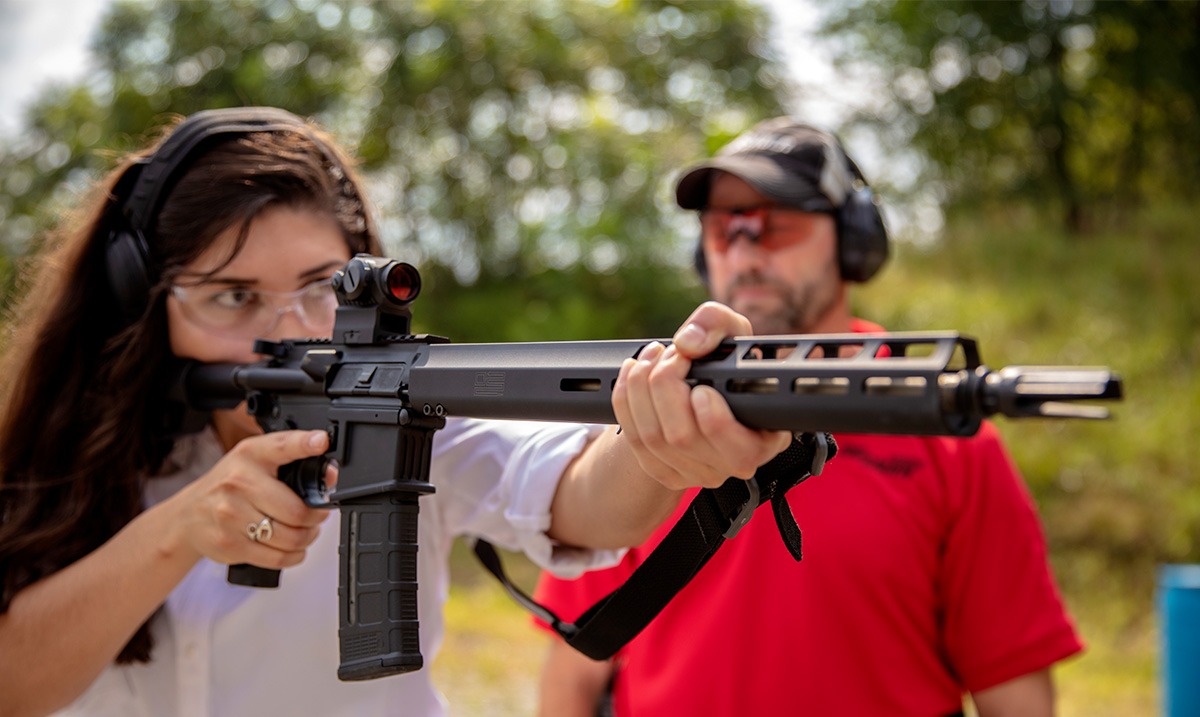 Back to News
Back to News
July 22, 2019
Study Forgets Differences Exist Between Toddlers and 21 Year Olds
It seems every public health journal is obligated to publish one junk-science article on kids and guns per year. The latest is a “study” published in Pediatrics called “State Gun Laws and Pediatric Firearm-Related Mortality.” It is in the headlines, and it is a mess.
Through a series of deliberately terrible study design choices, the authors conclude that there are fewer children dying from firearm-related causes in states with more gun control laws.
The study falls into the same trap that we have seen so many times before. The authors choose to count as “children,” anyone from 0-21 years old. No one would be surprised to hear that the study finds most of the firearm deaths are due to assaults among 18-21-year-old male African Americans. As the authors state, “The majority of firearm-related deaths were assault related (61.6%) and occurred among males (87.3%) and 18- to 21-year-old individuals (68.7%).” So why lump toddlers in with adult assault victims? It’s simple. There’s fortunately not much of a story for the rest of children.
Missing Data
So the study design is misleading. Unfortunately, the data are terrible as well. Because the authors use data from the Web-based Injury Statistics Query and Reporting System (WISQARS), certain states are automatically excluded. In eight states, there were fewer than 10 firearms related deaths among children. The data for these states are not available, to ensure no one can identify specific individuals in such a small number of fatalities. However, this means that the study of gun laws vs. fatalities misses the exact states with the lowest number of fatalities. These states are: Delaware, Hawaii, Maine, New Hampshire, Rhode Island, South Dakota, Vermont and Wyoming.
What do most of these states have in common? They do not have the kind of ineffective gun control laws that this study suggests help protect “children.” The authors essentially cherry-picked the states that support their pre-determined conclusion, and even then, only with methodological gymnastics and a careful glossing over of certain findings. These include the fact that there was no causation found between a law and a rate of mortality. There wasn’t even a statistically significant association between laws such as background checks for ammunition purchases or laws that require firearm identification.
In short, despite the best efforts of the authors, the poorly designed study didn’t even clearly conclude what the resulting headlines proclaim.
The Real Deal
The real story – unintentional firearms deaths are at record lows. Firearms are involved in just 1.2 percent of unintentional fatalities among children 14 years of age and under, and are among the least likely types of unintentional fatalities among children. In the last two decades (1995 – 2015), the number of unintentional firearm-related deaths involving children 14 years of age and under has decreased by 73.5 percent.
There’s no doubt that criminal activities involving young adults are a cause for concern in our communities. But in order to be effective, a solution must address the actual problems. And as we wrote earlier this week, criminals do not obey the law. They will not run a background check when they are illegally obtaining a firearm on the street. They will not register their illegal firearm with law enforcement. These policies will not stop crime. We need real solutions for safer communities.
You may also be interested in:
https://www.nssf.org/firearms-industry-shares-goal-making-communities-safer/
https://www.nssf.org/cdc-data-story-not-making-headlines/
Categories: BP Item, Education, Featured, Government Relations, Media, Top Stories









